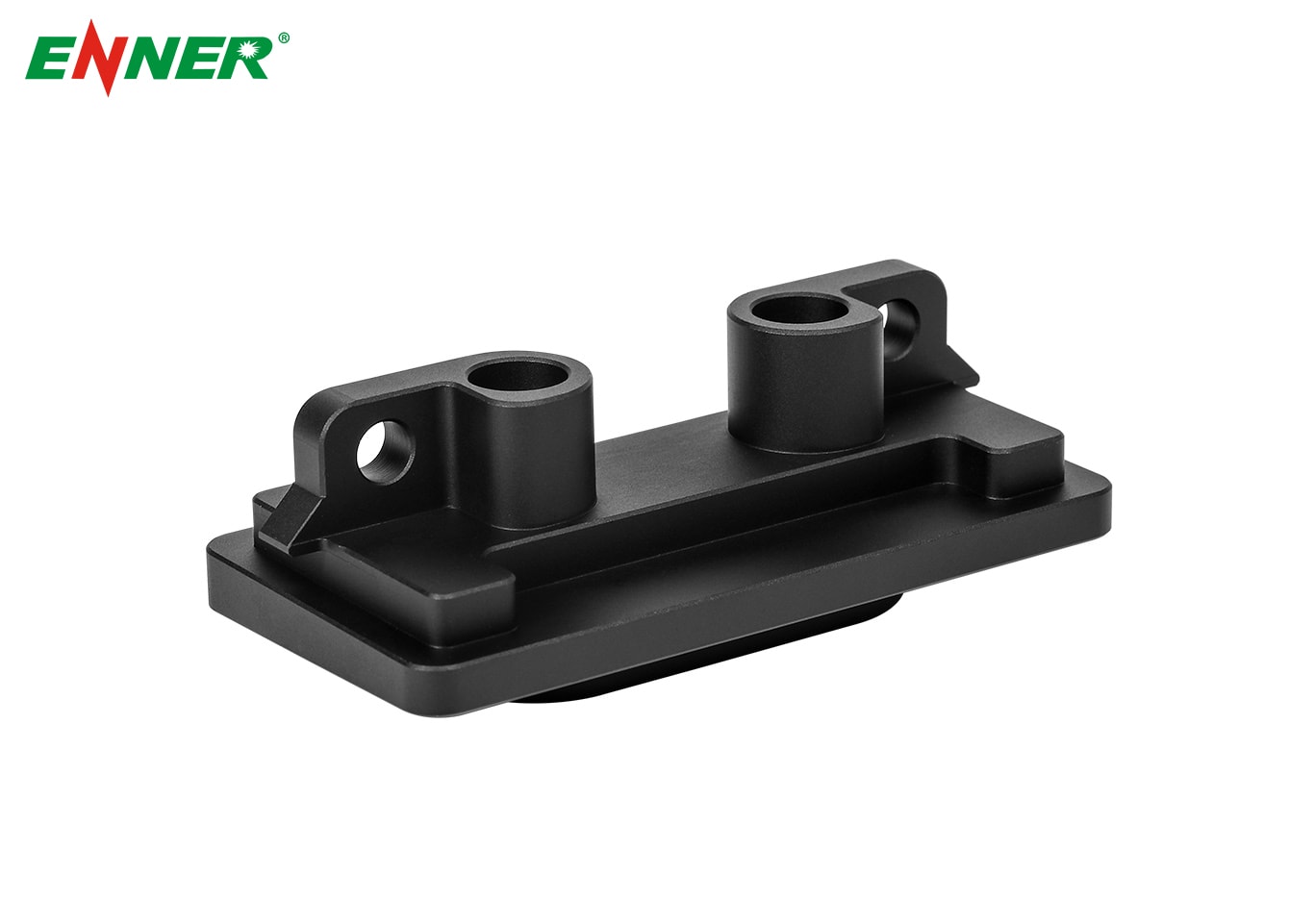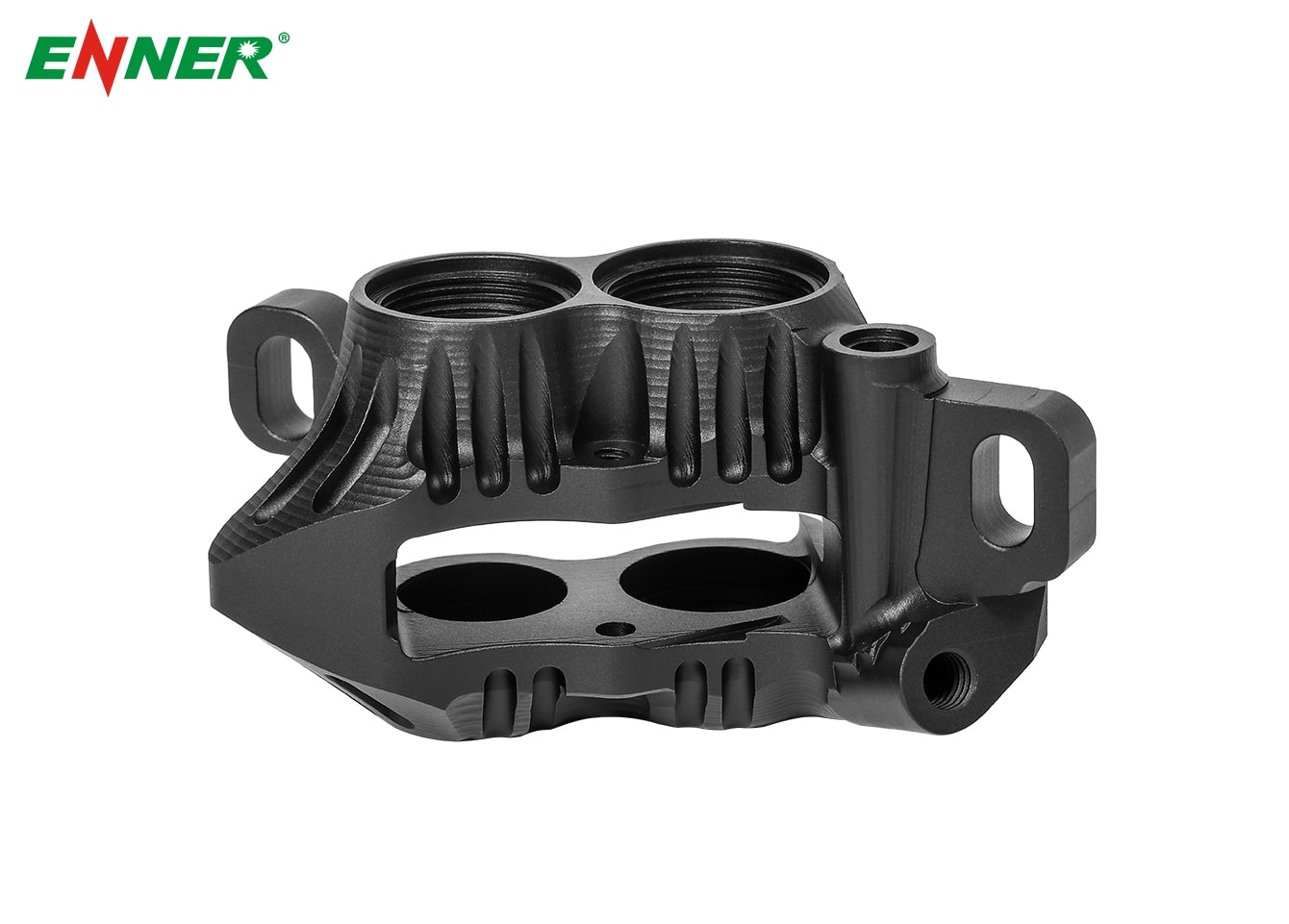CNC (Computer Numerical Control) machines are the backbone of modern manufacturing, providing precision, efficiency, and versatility. However, like any complex system, CNC machines are susceptible to a range of problems that can disrupt production and compromise the quality of the finished product. Understanding these common issues is crucial for maintaining machine performance and minimizing downtime. In this article, we’ll explore some of the most frequent problems encountered in CNC machines and how to address them.
Problem : Over time, cutting tools used in CNC machines experience wear and tear, leading to dull edges, reduced cutting performance, and ultimately, breakage. Tool wear can result in poor surface finish, inaccurate cuts, and increased machining time.
Solution : Implement regular tool inspection and maintenance schedules. Use high-quality, appropriate tools for specific materials, and monitor tool life through software or manual tracking. Replace worn tools promptly to maintain machining accuracy and efficiency.

Problem : Excessive vibration, often referred to as "chatter," can occur during machining. This vibration can lead to poor surface finish, dimensional inaccuracies, and increased tool wear.
Solution : Check for loose components, such as bolts, mounts, or fixtures, and tighten them as necessary. Adjust cutting parameters like speed, feed rate, and depth of cut to reduce vibration. Using dampening systems or selecting tools with better vibration resistance can also help mitigate this issue.
Problem : Inaccurate positioning of the cutting tool or workpiece can lead to defects in the final product, such as incorrect dimensions or misaligned features. This issue can be caused by various factors, including machine misalignment, worn ball screws, or improper calibration.
Solution : Regularly calibrate the CNC machine to ensure precise positioning. Inspect and maintain components like ball screws, linear guides, and drive systems. Use high-precision measuring tools to verify the accuracy of the machine setup.
Problem : CNC machines rely on complex electrical systems for operation. Electrical problems, such as power surges, faulty wiring, or component failures, can cause unexpected machine shutdowns, erratic behavior, or damage to electronic components.
Solution : Ensure that the CNC machine is connected to a stable power supply with proper grounding. Conduct routine inspections of electrical connections, wiring, and components. Installing surge protectors or uninterruptible power supplies (UPS) can help safeguard the machine against electrical disturbances.
Problem : CNC machines generate significant heat during operation, particularly in the spindle and motor areas. Overheating can lead to component failure, reduced machine accuracy, and shorter machine life.
Solution : Regularly clean and maintain the machine’s cooling system, including fans, filters, and coolant systems. Monitor the machine’s operating temperature and use coolants or lubricants to dissipate heat effectively. If overheating persists, consider reducing cutting speeds or allowing the machine to rest between operations.
Problem : Errors in CNC programming or software glitches can cause incorrect tool paths, collisions, or part defects. Common issues include incorrect tool offsets, misconfigured parameters, or syntax errors in the G-code.
Solution : Carefully review and simulate CNC programs before running them on the machine. Use software tools to detect and correct errors in the code. Regularly update CNC software and firmware to ensure compatibility and performance.
Problem : A poor surface finish on machined parts can result from several factors, including dull tools, improper cutting parameters, or machine vibration. This issue can lead to parts that fail to meet quality standards.
Solution : Use sharp, high-quality cutting tools and ensure they are suitable for the material being machined. Adjust cutting speeds, feed rates, and depths of cut to achieve the desired surface finish. Reducing machine vibration and using appropriate coolants can also improve surface quality.

Problem : If the workpiece is not securely held in place, it can shift during machining, leading to inaccurate cuts or damage to the part and machine. Improper clamping or worn fixtures are common causes of this problem.
Solution : Inspect and maintain all workholding devices, such as clamps, vises, and fixtures, to ensure they provide a secure grip on the workpiece. Select the appropriate workholding method for the part geometry and machining process. Regularly check for wear and replace any damaged components.
Problem : Inefficient coolant delivery or poor chip evacuation can cause overheating, tool wear, and poor surface finish. Chips that are not properly removed can clog the machine and lead to further issues.
Solution : Maintain the coolant system by regularly cleaning filters, checking coolant levels, and ensuring proper flow. Use appropriate nozzles and pressures to direct coolant effectively. Implement chip management strategies, such as chip conveyors or air blasts, to remove chips from the cutting area.
Problem : Like any mechanical system, CNC machines are subject to wear and tear over time. Components such as bearings, gears, and belts can wear out, leading to reduced machine accuracy, increased vibration, and unexpected breakdowns.
Solution : Perform regular preventive maintenance on all mechanical components. Lubricate moving parts, replace worn-out components, and inspect critical areas for signs of wear. Keeping a maintenance log can help track when parts need attention or replacement.
CNC machines are complex and powerful tools that require careful management to operate at their best. By being aware of common problems and implementing preventive measures, you can minimize downtime, extend the life of your equipment, and ensure that your CNC machine consistently produces high-quality parts. Regular maintenance, accurate setup, and diligent monitoring are key to avoiding the pitfalls that can compromise CNC machining operations.
At Ennerhe , the research and development team consist of graduates from universities in the fields of thermodynamics, mold design and manufacturing, and materials science. With a complete heat dissipation simulation software and rapid samples production, the team can assist customers in designing the best solutions.
By continuing to use the site you agree to our privacy policy Terms and Conditions.